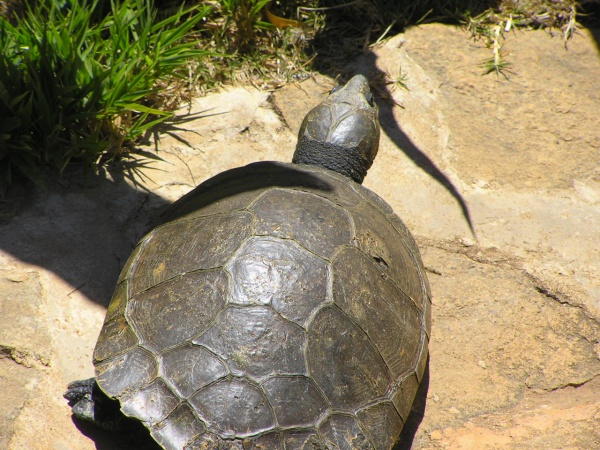Facts About Madagascan big-headed turtle
The Madagascan big-headed turtle is a critically endangered species native to the slow-moving rivers and lakes of western Madagascar. Despite their vulnerable status, these turtles are frequently hunted for food and illegally traded to Asia for use in traditional medicine.
To address this crisis, several initiatives have been launched to save the species. Captive breeding programs and various conservation projects aim to bolster their numbers and protect their habitats. The Turtle Conservation Fund is one such organization, dedicated to securing resources for a five-year Global Action Plan. This comprehensive plan encompasses a range of activities, including breeding turtles in captivity, monitoring illegal trade, establishing rescue centers, developing detailed conservation strategies, and conducting educational programs.
These turtles are easily identifiable by their large heads and dark brown shells. Unfortunately, their distinctive appearance has not shielded them from numerous threats. They face dangers such as hunting, illegal trade, and habitat destruction due to land development. Their natural habitats include the freshwater ecosystems of western Madagascar, specifically slow-moving rivers, backwaters, and lakes.
